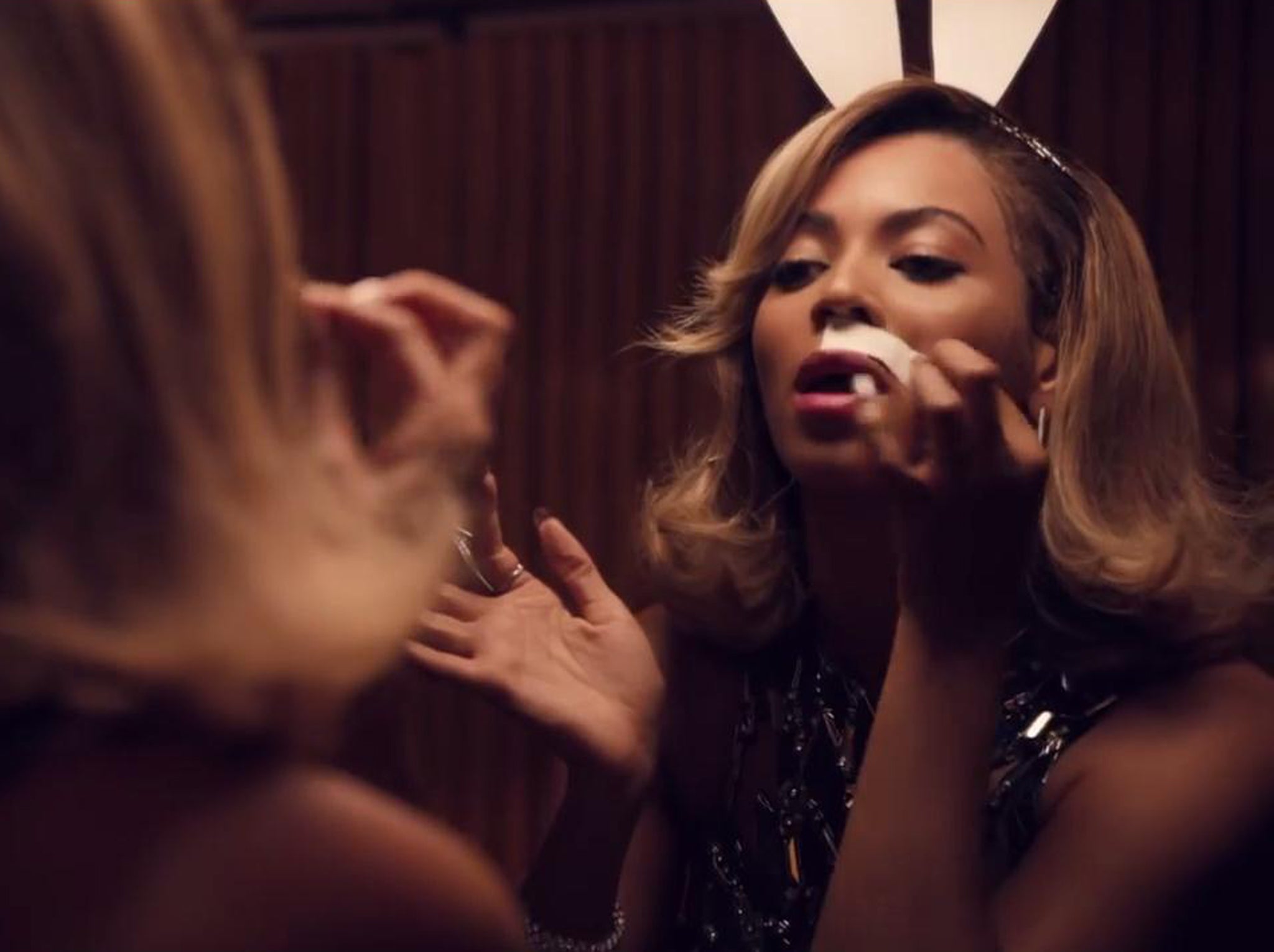Beyoncé isn't a goddess made out of unicorn dust? How horrifying
Retouching is insulting to real women and damaging to young girls

Unlike the million viewers who switched off after week one, I’m still watching Wolf Hall, and still fascinated by how little has changed since 1536. (If you don’t believe me, just try watching the historical drama and Michael Cockerell’s documentary, Inside the Commons, back to back.)
Now there are arguments about the manipulation of images of women in the series. Is Jane Seymour too pretty? Is Anne Boleyn too busty? And that’s even before Holbein gets involved with his airbrushed portrait of Anne of Cleves.
Meanwhile, last week was the 25th anniversary of Photoshop. “Today,” says its owner, Adobe, “the digital imaging revolution that Photoshop started is so pervasive that remembering a time before it existed takes some work …”. Not only that, but “photoshop” is that rare thing, a brand that has become a verb, and although the product is used for lots of interesting and creative projects, “to photoshop” now generally stands for using any technology to manipulate an image, often of a woman, to make the photoshopee look just as the photoshopper thinks she should – that is, Barbie. Or, as Adobe also says, “making dreams visible is the product’s literal promise”.
Last week, leaked photos emerged of what Beyoncé looks like before digital retouching. Many fans were horrified to learn that what she looks like in real life is an exceptionally good-looking person and not a goddess made out of false lashes and magical unicorn dust; others reacted as though some uneven skin tone and an eyebrow hair in the wrong place makes her a 21st-century Flanders Mare.
At the same time, Sir Kenneth Branagh had to deny that images of Lily James, star of his film Cinderella, were airbrushed to give her a waist the size of most women’s wrists. But he did admit that he constantly worried if she was eating and tried to feed her soup.
All of this retouching is quite insulting to real women, but it’s much more damaging to young girls who may not realise that real people do not look like this. Recently, I have been reading Girls, Uninterrupted: Steps for Building Stronger Girls in a Challenging World, by Tanith Carey, to be published by Icon Books in March. Among other hair-raising information, she reveals that women on television and in magazines are already “15 per cent thinner than the average woman”; that “by the time they’re 17, girls have seen 250,000 TV commercials telling them they should … have a body size it is almost impossible to achieve”; and that “half of three to six-year-old girls say they worry about being fat”. Well, go figure.
If I were Queen, I’d give Beyoncé the week off, let all the photoshoppers go and draw Manga cartoons, and put little girls in charge of manipulating images. They’d certainly make them look more interesting. Perhaps we can make Flanders Mares fashionable.
Twitter: @katyguest36912

Join our commenting forum
Join thought-provoking conversations, follow other Independent readers and see their replies